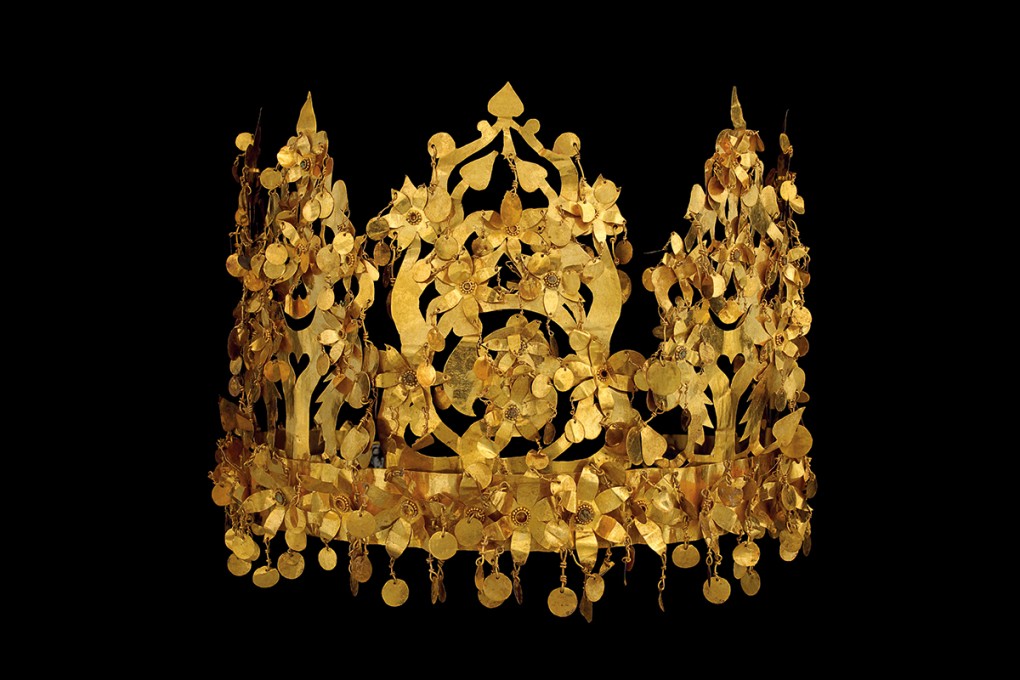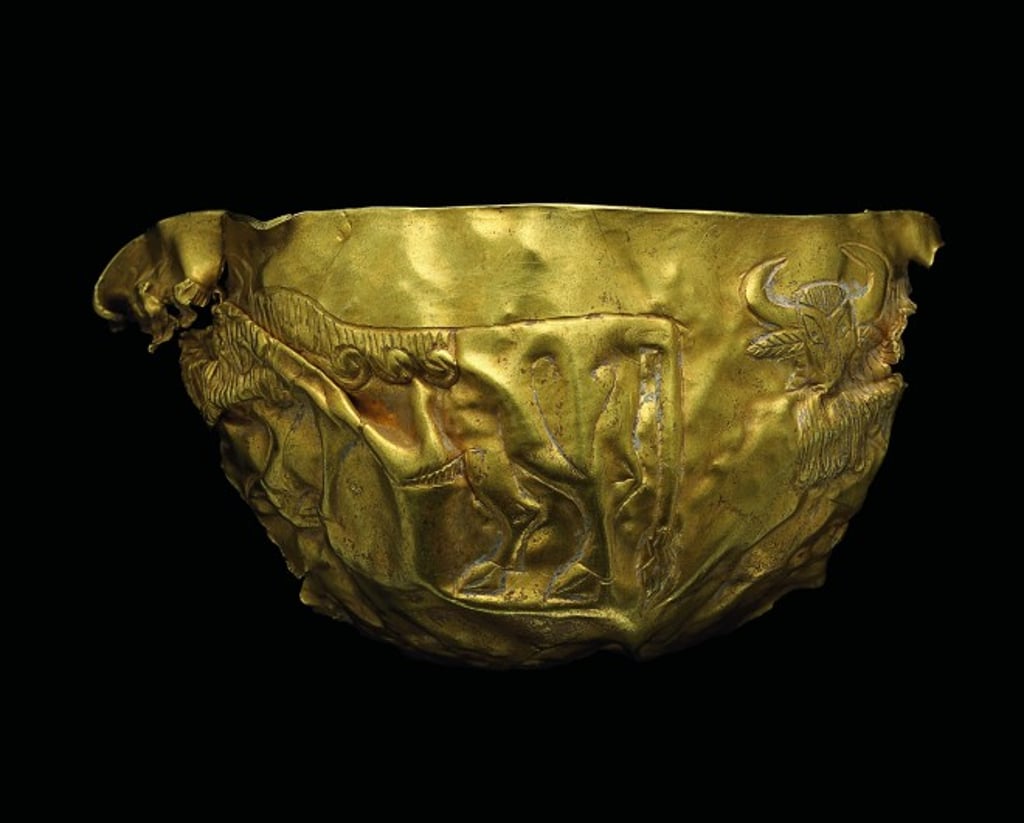Exhibition showed rare treasures of ancient Afghanistan

[Sponsored Article]
“Glistening Treasures in the Dust - Ancient Artefacts of Afghanistan”, held at the Hong Kong Museum of History recently, displayed artefacts excavated from four famous archaeological sites in Afghanistan.
Featuring 231 sets of precious relics on loan from the National Museum of Afghanistan, this exhibition was the first time that the Hong Kong public got to see up close and personal the treasures of this war-torn country, which has been at the crossroad between the east and west for millennia. As an important cultural intersection on the Silk Road, Afghanistan’s cultural heritage is a fascinating mix of world civilisations.
Director of the National Museum of Afghanistan, Mohammad Fahim Rahimi, said at the opening of the exhibition last year: “This exhibition is very important to us because we want to show the different faces of Afghanistan. Normally you see the depictions of war, poverty and lots of other problems when it comes to Afghanistan, but when this exhibition travels around the world, it changes the perspective of the people. You can see Afghanistan has been a famous nation in history and can offer good potential for future cooperation with other countries.”
The artefacts, including goldware, glassware, bronze sculptures and ivory carvings, were unearthed from four famous archaeological sites, namely Tepe Fullol, Aï Khanum, Tillya Tepe and Begram. There are visible influenced from the Greek, Indian and Roman cultures as well as other neighbouring regions, dating back from the Bronze Age to the first century AD. They are an embodiment of cultural diversity including features of different steppe cultures.

Discovered accidentally by farmers in 1966, Tepe Fullol is a village in northern Afghanistan where the treasure of Fullol from the Bronze Age was found. Several pieces from the find were exhibited including a golden bowl that features a relief of a bearded-bull motif.